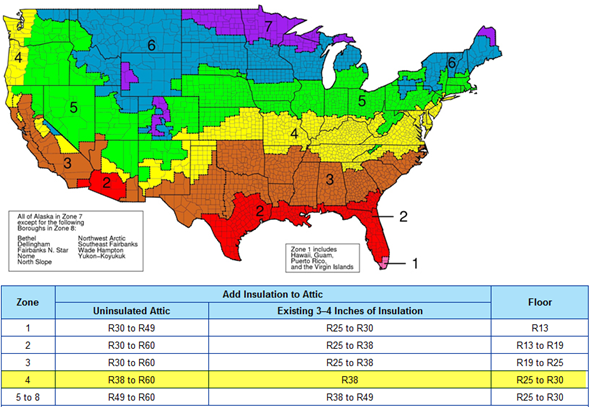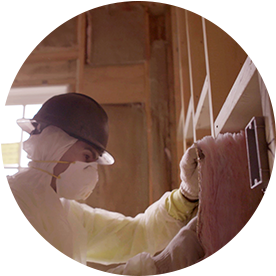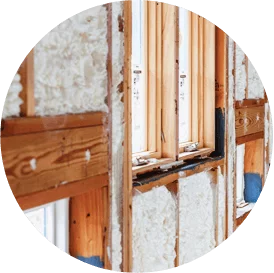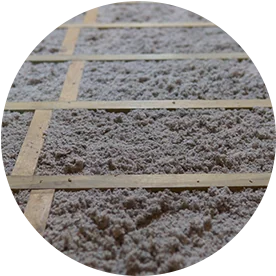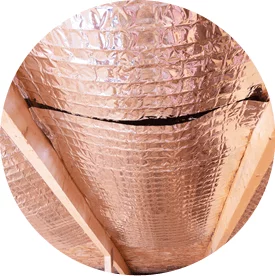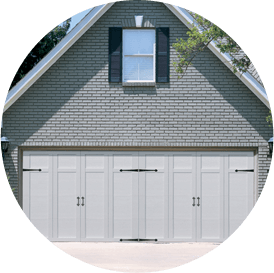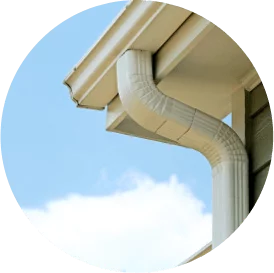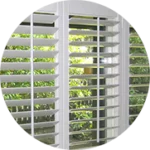Does your home always seem to be drafty and hard to keep comfortable? If it’s over a decade or two old, there’s a good chance it’s under-insulated, which can mean significantly higher heating costs in the winter and cooling costs in the summer.
But how much insulation do you need? Recommended insulation levels vary by region, with higher R-values needed for colder climates.
What Does Insulation R-Value Mean?
An insulation’s R-value describes its resistance to the flow of heat. A material with a lower R-value will let more heat bleed through faster than an insulation with a higher R-value.
The goal is to slow down the amount of heat transferred through the insulation to keep your home warmer in winter and cooler in summer. This reduces the work your HVAC system has to do to keep your home comfortable and lowers your energy costs.
R-values vary based on:
- Material
- Density
- Thickness
The higher the value, the more insulating ability the product has. To achieve a higher attic insulation R-value, simply add another layer of insulation.
How Is Insulation R-Value Calculated?
An R-value reflects resistance to heat loss across an insulating material over a given period of time. Different materials can be compared by calculating their R-value per inch. Wood has an R-value of 1, so a 3-inch board would be rated at R-3.
Spray foam insulation with a rating of R-5 per inch would have a total R-value of R-15 when installed at a 3-inch thickness. Fiberglass batts rated at R-3.7 per inch would have a total value of R-11.1 at a 3-inch thickness.
What Are Recommended R-Values for the Washington, DC, Metro Area?
Maryland and the Washington, DC, area are in Climate Zone 4, so the insulation levels recommended by the U.S. Department of Energy are as follows for common areas of the home:
- Attic: R-60
- 2×4 walls: R-13 in the wall, plus R-10 of continuous insulation on the exterior
- 2×6 walls: R-20 in the wall, plus R-5 of continuous insulation on the exterior
- Floors and crawl spaces: R-19 to R-30
In many cases, more insulation can be added over the existing insulation to bring your home up to the recommended levels.
R-value can change over time, as well. Blown-in cellulose or fiberglass can settle, losing some of its R-value, and fiberglass batts will also decrease if they’re compressed.
Source: energystar.gov
How Much Insulation Does the Attic Need With The Correct R-Value?
Different areas of your home have different R-value recommendations, and homes in different areas of the country have different recommendations based on the climate and cost-effectiveness of the insulation.
For homes in the DC area, the attic should achieve an R-value between R-38 and R-60. Most areas of the country have a higher minimum R-value recommendation, but just about everywhere recommends up to R-60.
Nominal R-Value vs. Effective R-Value
The R-value indicated on the packaging tells how much thermal resistance the insulation provides per inch. Of course, this number is merely the nominal R-value. Other factors in the real world impact how well the insulation lives up to its rating.
Installation
If the insulation needs to be compressed so it fits into the space, this decreases attic insulation R-value by minimizing air pockets within the product and thus lowering its thermal resistance.
Temperature
A variety of insulation types — including fiberglass batts, expanded polystyrene (EPS) and extruded polystyrene (XPS) — can be more effective when the temperature drops outside. Oddly, when it’s above 60 degrees, the insulation can perform below its nominal R-value.
Temperature has the opposite effect on one popular type of insulation: polyisocyanurate, often simply called polyiso. This insulation decreases in R-value as it gets colder outside. Solutions for this problem include using more polyiso, covering it with another type of insulation to keep it warmer or counting on exterior insulation instead of cavity insulation to meet your requirements.
Contact Accurate Insulation for Home Insulation Services in DC & Maryland
When you’re ready to upgrade the insulation in your DC home, contact Accurate Insulation. We offer professional insulation installation in Maryland, Northern Virginia, and the Washington, DC, area, and our customers in these areas have given us many great reviews.
We provide superior service at competitive rates, with next-day service available for most jobs. We believe in honesty, integrity and excellent service, and your complete satisfaction is our goal. We’re fully licensed and insured, and we offer top-quality insulation products, including spray foam, fiberglass, cellulose, vinyl, rigid foam and more.
For expert insulation services from the leading contractors in DC and Maryland, call Accurate Insulation today or contact us online.


